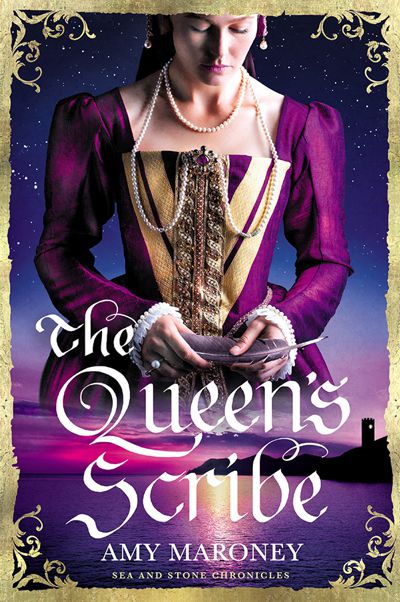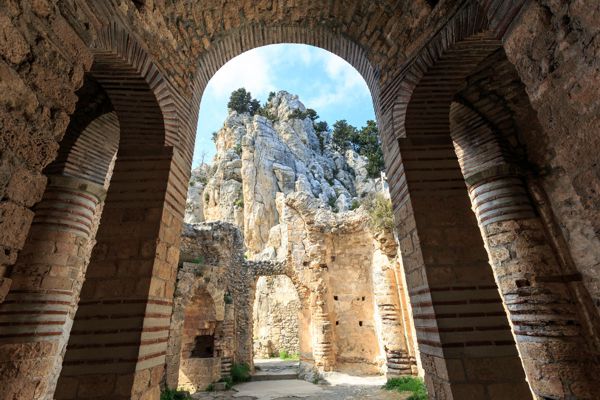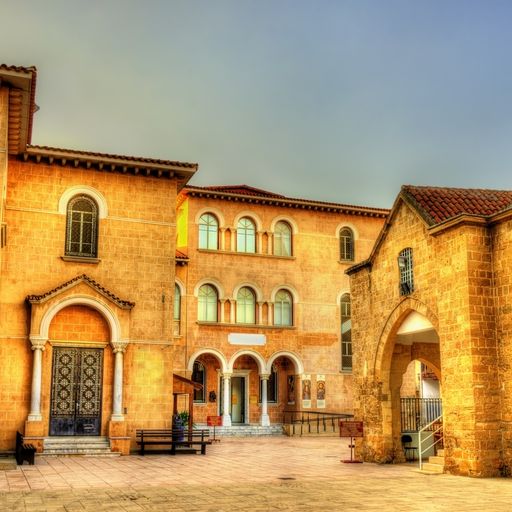
A broken promise. A bitter conflict. And a woman’s elusive chance to love or die.
1458. Young Frenchwoman Estelle de Montavon sails to Cyprus imagining a bright future as tutor to a princess. Instead, she is betrayed by those she loves most—and forced into a dangerous new world of scheming courtiers, vicious power struggles, and the terrifying threat of war.
Determined to flee, Estelle enlists the help of an attractive and mysterious falconer. But on the eve of her escape, fortune’s wheel turns again. She gains entry to Queen Charlotta’s inner circle as a trusted scribe and interpreter, fighting her way to dizzying heights of influence.
Enemies old and new rise from the shadows as Estelle navigates a royal game of cat and mouse between the queen and her powerful half-brother, who wants the throne for himself.
When war comes to the island, Estelle faces a brutal reckoning for her loyalty to the queen. Will the impossible choice looming ahead be her doom—or her salvation?
With this richly-told story of courage, loyalty, and the sustaining power of love, Amy Maroney brings a mesmerizing and forgotten world to vivid life. The Queen’s Scribe is a stand-alone novel in the Sea and Stone Chronicles collection.

The Fifteenth Century in Cyprus: End of a French Dynasty
Located at the maritime crossroads of Europe, the Middle East, Asia, and Africa, Cyprus has long been a coveted gem of the Mediterranean, fought over by an endless series of conquerors. In 1195, Richard the Lionheart swooped in and seized control of Cyprus from the Byzantine Christians who had, in turn, wrested control of Cyprus from Arab forces. He sold Cyprus to the Knights Templar, who then sold it to Guy de Lusignan, the King of Jerusalem.
And so began the reign of the Lusignan dynasty. Guy de Lusignan established the Kingdom of Cyprus and brought the Latin world’s Catholicism to the island, endowing it with supremacy over the Greek Orthodox church. Lusignan Kings would rule Cyprus until 1489, and the tension between Latin and Greek culture was a hallmark of the dynasty’s rule.

The Lusignans made French the official language of Cyprus. A new noble class made up mostly of French people (known locally as Franks or Latins) took over. They forced commoners into serfdom and persecuted Cypriots for their adherence to traditional beliefs and rituals.
Meanwhile, money from tariffs, trade, and tourists poured into the Lusignans’ royal coffers. With its prime location in the eastern Mediterranean, Cyprus was a very important point of trade; it was also a key stopover point for European pilgrims venturing to the Holy Land. Its main port city of Famagusta attracted merchants from all over Europe, the Middle East, and Africa.
As the years rolled by, something fascinating happened to the languages spoken on Cyprus. Though French became the language of high administration, Greek remained the language of everyday life. In port towns, people also communicated in Arabic and Italian. Over the years, all of these languages converged into one dialect.
The fourteenth-century historian and scribe Makhairas of Cyprus observed that under the Lusignans, “we (Cypriots) write both French and Greek in such a way that no one in the world can say what our language is.” Another chronicler of the time called the Cypriot dialect “a strange soup of languages.”
Meanwhile, the French spoken in Cyprus had become so distorted that native French speakers visiting from Europe could not understand it.This fact underpins the plot of The Queen’s Scribe, which features a fictional French heroine , Estelle de Montavon, whose skills as a scribe and interpreter become essential to Queen Charlotta.

The Lusignans and their courtiers enjoyed immense privilege, wealth, and leisure. Cyprus was famous for its production of luxury fabrics such as camlet (a blend of silk and wool), cloth-of-gold, and embroidered silks. Royal and noble families of western Europe purchased these fabrics for their ceremonial garments. They also bought fine jewelry, artificial birds made of metal, and carved wooden items from Cypriot artisans.
The Kings of Lusignan and their courtiers were obsessed with falconry and hunting. The German traveler Ludolf von Suchen visited Cyprus in the mid-fourteenth century and observed nobles playing in tournaments, jousting, and hunting daily. He wrote that the king owned 300 falcons and that wild rams were hunted and caught with “leopards” (these were likely cheetahs) during hunting expeditions in the Troodos Mountains.
Royal entertainment also included musical performances. The Cyprus Codex is the largest known surviving single source of medieval courtly music. Made up of both sacred and secular music, it was likely created in the early 1400s by an unknown French composer or composers.
All of this cost a lot of money, as did the increasing attacks on Cyprus by Venetians, Genoese, Turks, and Egyptians. The fatal blow was an attack by Egyptians in 1426, during which King Janus was taken captive. The court had to come up with 200,000 ducats to ransom him, becoming indebted to various Western allies as a result. By 1458, when the fifteen-year-old, widowed Queen Charlotta ascended the throne, the Lusignan dynasty was weakened by war, debt, corruption, and betrayal.

Though she faced these complications with tremendous ambition and courage, the queen’s greatest test came from her power-hungry half-brother, Jacco, who wanted the throne for himself. Soon civil war, a siege, and the ruthless murders of Charlotta’s remaining supporters further hobbled the Cypriot court. When Queen Charlotta’s second husband, Louis of Savoy, proved a dismal leader, she sailed off without him across the Mediterranean beseeching allies to help protect her crown. Her tenacity and courage earned respect and attention from some of Europe’s most powerful leaders, but in the end, she could not save her throne.
Like so many other women in history, Queen Charlotta has been forgotten for too long. I hope The Queen’s Scribe plays a role in shining a light on her story once again.
This title is available to read on #KindleUnlimited.
Universal Link : https://mybook.to/QueensScribe
Amazon UK: https://www.amazon.co.uk/Queens-Scribe-Sea-Stone-Chronicles-ebook/dp/B0BX8857Z5/
Amazon US: https://www.amazon.com/Queens-Scribe-Sea-Stone-Chronicles-ebook/dp/B0BX8857Z5/
Amazon CA: https://www.amazon.ca/Queens-Scribe-Sea-Stone-Chronicles-ebook/dp/B0BX8857Z5/ Amazon AU: https://www.amazon.com.au/Queens-Scribe-Sea-Stone-Chronicles-ebook/dp/B0BX8857Z5/
Meet Amy Maroney

Amy Maroney studied English Literature at Boston University and worked for many years as a writer and editor of nonfiction. She lives in Oregon, U.S.A. with her family. When she’s not diving down research rabbit holes, she enjoys hiking, dancing, traveling, and reading.
Amy is the author of The Miramonde Series, an Amazon-bestselling historical mystery trilogy about a Renaissance-era female artist and the modern-day scholar on her trail. Amy’s award-winning historical adventure/romance series, Sea and Stone Chronicles, is set in medieval Rhodes and Cyprus.
An enthusiastic advocate for independent publishing, Amy is a member of the Alliance of Independent Authors and the Historical Novel Society.
Connect with Amy
Website: https://www.amymaroney.com/
Twitter: https://twitter.com/wilaroney
Facebook: https://www.facebook.com/amymaroneyauthor
LinkedIn: https://www.linkedin.com/in/amy-maroney-582636b4/
Instagram: https://www.instagram.com/amymaroneywrites/
Pinterest: https://www.pinterest.com/amyloveshistory/
Book Bub: https://www.bookbub.com/authors/amy-maroney
Amazon Author Page: https://www.amazon.com/stores/Amy-Maroney/author/B01LYHPXEO
Goodreads: https://www.goodreads.com/author/show/15831603.Amy_Maroney